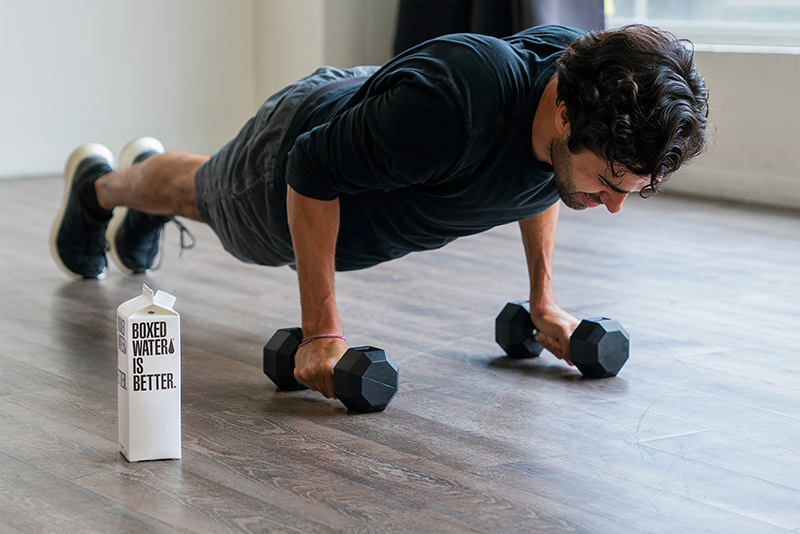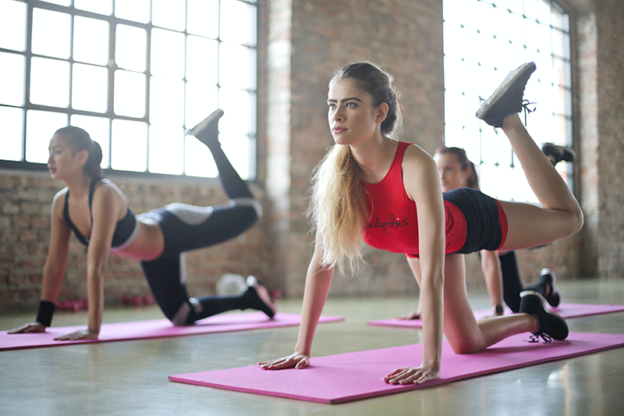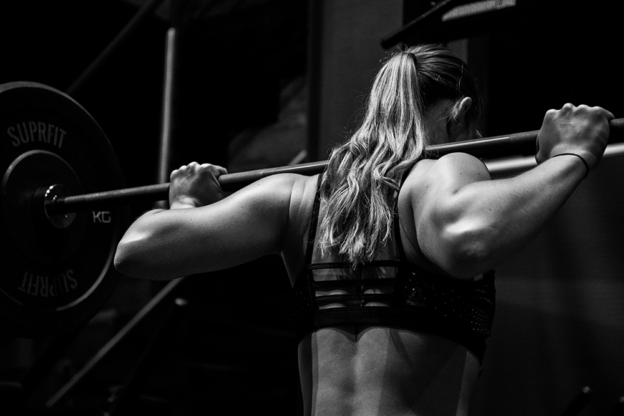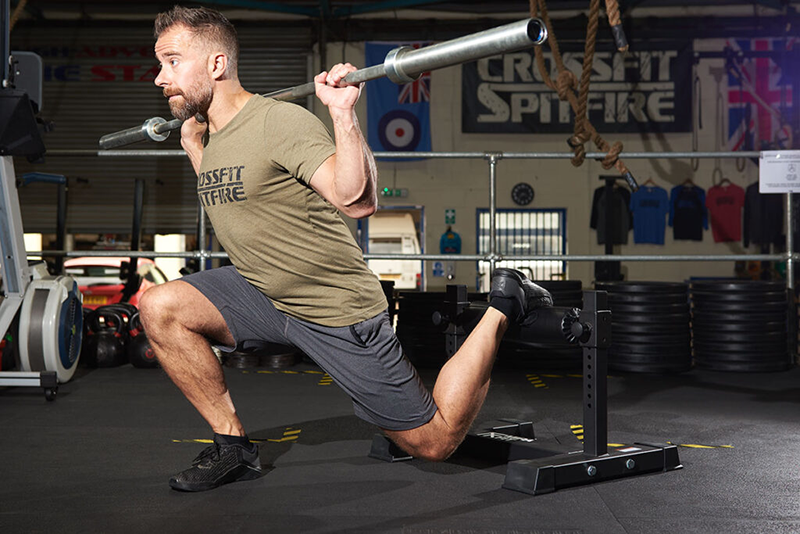In the ever-evolving world of fitness, trends come and go, but one approach that continues to stand the test of time is body-weight exercise. While high-tech gym equipment and specialised training methods have their merits, there’s something inherently powerful about using your own body as resistance. Body-weight exercises have gained a loyal following for good reason, as they offer a multitude of advantages that contribute to overall health and fitness. In this blog, we’ll delve into some of the key benefits of incorporating body-weight exercises into your fitness routine.
1. Accessibility and Convenience
One of the most remarkable aspects of body-weight exercises is their accessibility. They require minimal to no equipment, making them suitable for individuals of all fitness levels and budgets. Whether you’re at home, traveling, or in a park, you can engage in a full-body workout without the need for a gym membership or heavy machinery.

This level of convenience ensures that fitness remains a consistent part of your lifestyle, removing the common barriers that often hinder people from staying active.
2. Functional Strength Development
Body-weight exercises emphasize functional strength, which means you’re not just building muscles for show, but also enhancing your ability to perform everyday activities with greater ease. Movements like push-ups, squats, and planks engage multiple muscle groups simultaneously, promoting balanced muscle development and improving your body’s coordination. This functional strength carries over into real-life situations, from lifting grocery bags to climbing stairs, enhancing your overall quality of life.
3. Core Stabilisation
Many body-weight exercises inherently engage the core muscles, as they require stability and balance. A strong core is essential for maintaining proper posture, reducing the risk of back pain, and enhancing athletic performance. Exercises like planks, bridges, and leg raises target the core muscles deeply, helping you build a solid foundation that supports your overall fitness goals.
4. Versatility and Variety
With a plethora of body-weight exercises available, you’ll never run out of options to keep your workouts engaging and challenging. From beginner to advanced variations, you can tailor your routine to your current fitness level and gradually progress as you get stronger. This versatility prevents workout monotony and encourages consistent participation, as you’re less likely to get bored with a routine that offers such diverse movements.
5. Injury Prevention
When performed with proper form, body-weight exercises can significantly reduce the risk of injury. Since they involve natural, functional movements, there’s a lower chance of overexerting specific muscle groups or joints. Moreover, body-weight exercises promote better flexibility and joint mobility, leading to improved overall joint health.
6. Adaptability to All Fitness Levels
Whether you’re a fitness novice or a seasoned athlete, body-weight exercises can be adapted to your individual capabilities. They allow you to modify movements, adjust intensity, and control the range of motion to match your comfort level. This adaptability makes body-weight exercises suitable for people recovering from injuries, seniors looking to maintain mobility, and elite athletes seeking to enhance their performance.
7. Cardiovascular and Metabolic Benefits
While body-weight exercises are often associated with strength training, they can also provide cardiovascular and metabolic benefits. Incorporating high-intensity interval training (HIIT) into your body-weight routine can elevate your heart rate and improve your cardiovascular fitness. This combination of strength and cardio training contributes to a more well-rounded and effective workout.

In conclusion, the advantages of body-weight exercises extend beyond their simplicity. They offer a holistic approach to fitness by enhancing functional strength, promoting core stability, preventing injuries, and accommodating individuals of all fitness levels. Their versatility and convenience make them an excellent addition to any fitness regimen. So, whether you’re a gym enthusiast or prefer working out in the comfort of your home, body-weight exercises deserve a prominent place in your routine for a healthier, stronger you.


